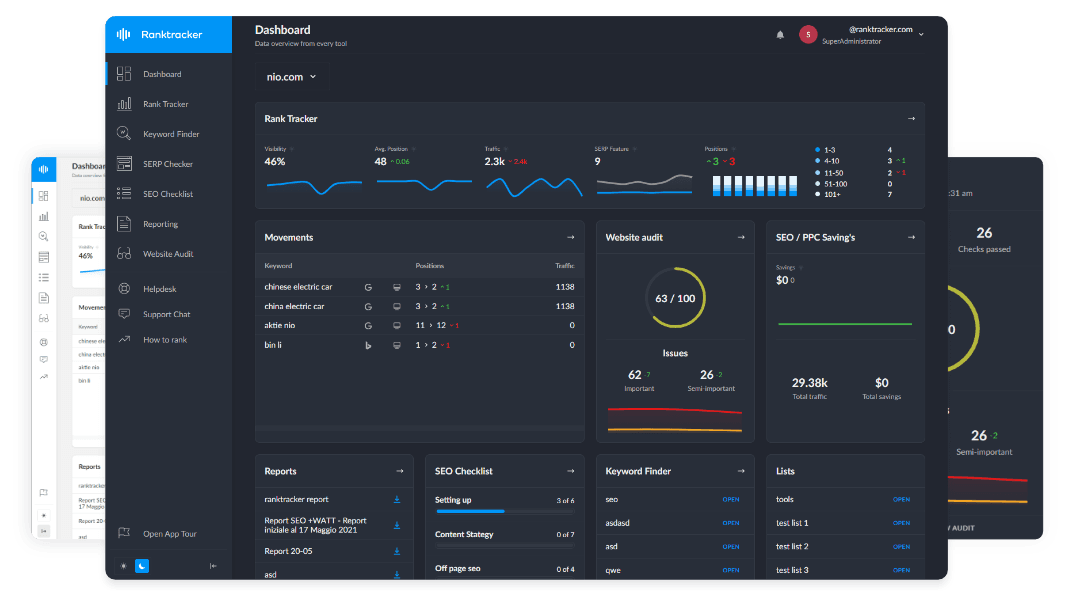Intro
Semantic Similarity refers to the degree to which two pieces of content share meaning, context, and intent. In Semantic SEO, search engines use natural language processing (NLP) and machine learning to analyze how similar words, phrases, and topics are.
Why Semantic Similarity Matters:
- Improves content relevance and search intent matching.
- Helps Google group related topics and understand relationships.
- Enhances rankings by optimizing for contextual relevance rather than just keywords.
How Search Engines Use Semantic Similarity
1. Google’s NLP & Machine Learning Algorithms
- BERT (Bidirectional Encoder Representations from Transformers): Understands query context and meaning.
- MUM (Multitask Unified Model): Analyzes relationships across text, images, and video.
- RankBrain: Determines search intent by evaluating word associations.
2. Semantic Matching vs. Exact Keyword Matching
- Old SEO: Focused on exact keyword repetition.
- New SEO: Prioritizes semantic variations and intent-based content.
Example:
- Exact Match: "Best SEO tool for keyword research."
- Semantic Match: "Top tools to analyze keywords and track rankings."
Techniques to Optimize for Semantic Similarity
✅ 1. Use Synonyms & Related Keywords
- Include LSI (Latent Semantic Indexing) keywords naturally.
- Use semantic keyword tools like Ranktracker’s Keyword Finder.
✅ 2. Optimize for Topic Clusters
- Group content into pillar pages and supporting articles.
- Example:
- Pillar: "Complete Guide to SEO Tools"
- Clusters: "Keyword Research Tools," "Backlink Analysis Tools," "Rank Tracking Software"
✅ 3. Improve Internal Linking Strategy
- Connect semantically similar content with relevant anchor text.
- Example: Link "On-Page SEO Techniques" to "Best Practices for Optimizing Meta Tags".
✅ 4. Use Structured Data & Schema Markup
- Apply FAQ, Article, and Entity Schema to provide clear context.
- Use Google’s NLP API to analyze how well your content aligns semantically.
Measuring Semantic Similarity for SEO
Tools to Analyze Semantic Similarity:
- Google’s Natural Language API
- Ranktracker’s SERP Checker & Keyword Finder
- LSI Graph & Semantic Keyword Analyzers
Conclusion: Leveraging Semantic Similarity for SEO Success
Semantic similarity plays a crucial role in modern SEO, enabling search engines to better understand content relationships and user intent. By optimizing for semantic relevance, internal linking, and structured data, you can improve rankings and search visibility.
For expert SEO insights, explore Ranktracker’s advanced SEO tools and enhance your Semantic SEO strategy today!

